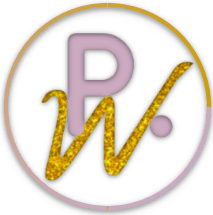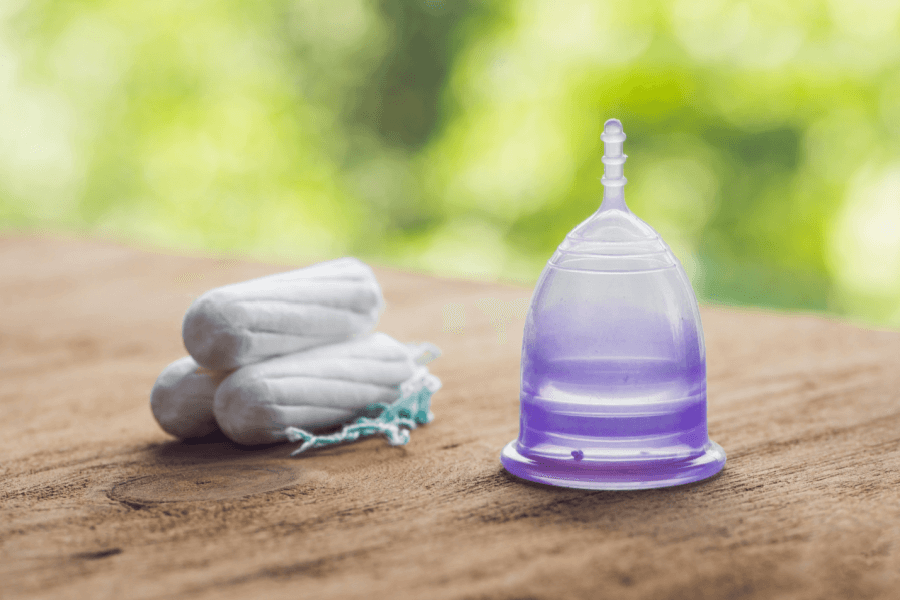Valentine’s Day is here and who’d have thought I’d spent my birthday telling women how to fall in love with their bodies and get their sexy back again?
But on a serious note, this is a HUGE issue I see all the time and it is in women who are in their 20s, 30s and 40s not just those who are peri-menopausal who are affected. And it doesn’t just affect them, it affects their relationships and partners too. So there are two things I just want to make clear, if this is you:
Having no libido is a sign that you need to fix your hormones.
The good news is it is – you can do something about it.
In my experience there are three root causes of low libido (outside of peri-menopause, and post partum recovery).
1. Hormonal birth control/the pill
2. Hypothalamic Pituitary Adrenal Axis Dis-regulation or HPA-D (aka stress)
3. Hormonal Issues; low oestrogen, low thyroid, high SHBG, dis-regulated testosterone.
4. Structural Issues.
5. Biopsychosocial Issues.
So let’s take a look at these in more detail:
1. Hormonal Birth Control
Part of hormonal birth control is that it binds up your sex hormones (to stop you getting pregnant). But we women need testosterone too for our libido. Unfortunately most hormonal birth control is not discriminatory binds up testosterone too, so if you are suffering low libido, it could be your birth control.
If you are thinking your libido went MIA within a few months of taking hormonal birth control, then you may want to think about whether it is for you. If you are on it as a form of birth control, then there are other non hormonal options such as condoms, the diaphragm and Natural Family Planning/Fertility Awareness (NFP/FAM) respectively.
If you want to understand the basics of FAM/NFP you can check out this course. If you want to know how to what you can do to support your body after coming off the pill, check out this post.
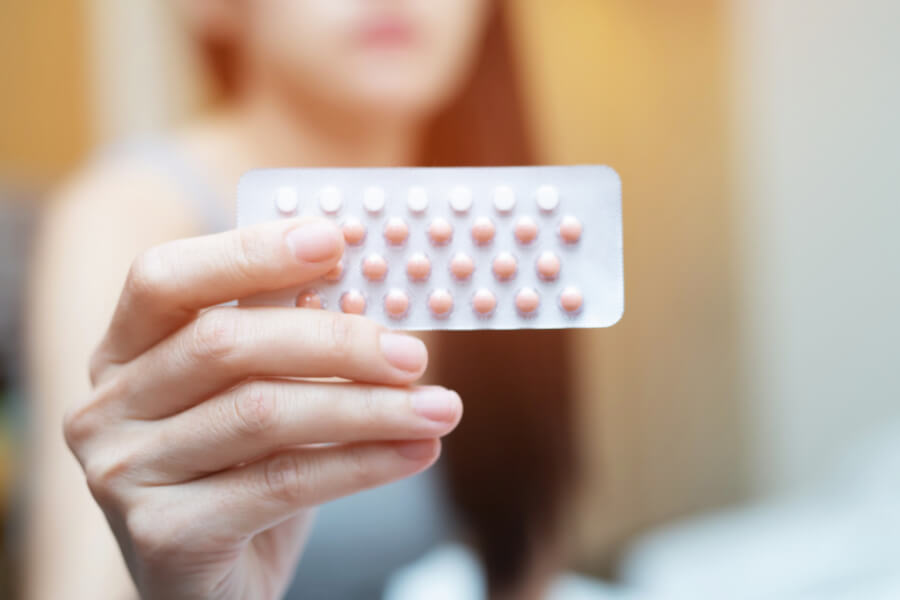
2. Hypothalamic Pituitary Adrenal Axis Dysfunction & Stress
Getting your stress levels and whole hypothalamic pituitary axis working properly is absolutely key. This is the communication that goes from the brain to the adrenals and it regulates the stress response. When your brain perceives stress, it tells the adrenals to crank up the cortisol production to start the stress response, which is a good thing to have – otherwise we would never have survived our hunter gatherer days.
Unfortunately, in today’s over stimulating and overloaded world, our stress response has become hypersensitive and over responsive to the tiniest of triggers. I honestly don’t know anyone who can truthfully say, they are not stressed to some degree.
Unfortunately, the adrenals, when making cortisol have little resource left to make DHEA, the precursor to testosterone and our libido takes a nose dive.
So what’s a girl to do? Anything to reduce stress or offset it is a great start. Take up some gentle exercise and don’e exercise too late in the day.
Reduce the caffeine and only consume coffee with food and not after 2pm.
Improve the amount of time you sleep and the quality of your sleep. I wrote a blog with some sleep tips a while back which can help you out here.
Take some time to enjoy pleasure – either with your partner or by yourself where the objective isn’t climax but just the pleasure of touch, stroking, cuddling, massaging each other.
Stabilise your blood sugar levels – so you aren’t riding the blood sugar/insulin rollercoaster throughout the day which can really cause cortisol issues.
Start dating again – whether single or part of a couple, date night is important. Take time to go and do something you enjoy. Dating yourself can be so much fun.
Get a massage – yes I am giving you permission to look after yourself. Massage should be part of everyone’s routine, at least once a month. And if you can’t get a massage you can massage yourself. I teach women how to manage their own abdomens and wombs which is so relaxing (and slightly addictive), via Zoom. You can book in here.
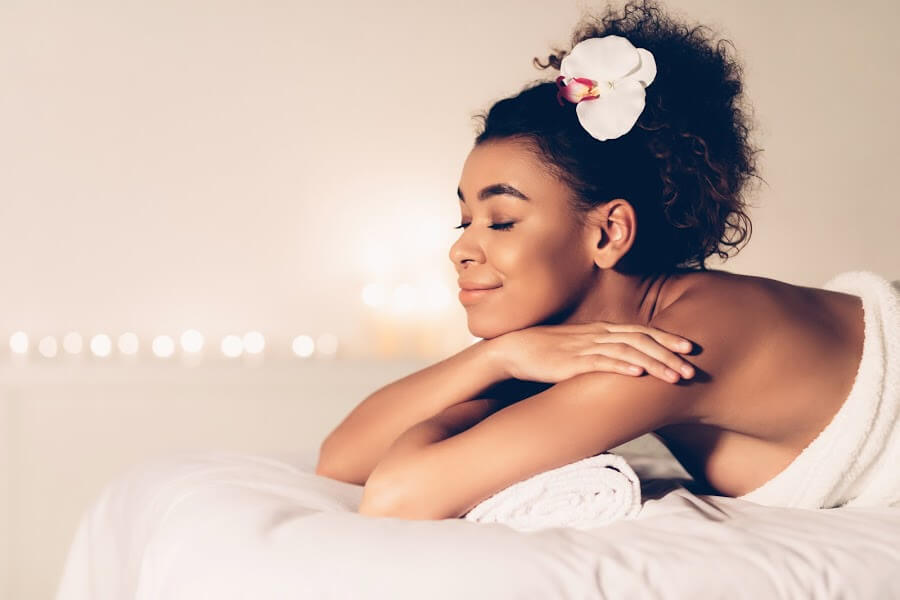
3. Get Your Oestrogen Levels In Check
I often talk about when oestrogen gets to high but not when it gets too low, but so many women are in this position now. Oestrogen needs to be at the right levels for nerves and blood flow to your genitals at the proper levels. If you are dry or find sex painful, then low oestrogen may be your issue.
Low oestrogen is usually associated with menopausal issues such as night sweats and hot flashes, but it is increasingly becoming an issue for younger ladies too. If you want out more about low oestrogen, I did a blog post last December you should check out.
You may also have low levels of a number of hormones if you have low levels of body fat, or are exercising very hard or too much for your body right now.

4. Dis-Regulated Testosterone Levels
In men, high libido is usually associated with higher testosterone levels. However, in women, high or lower that usual testosterone can be the issue. Signs of high testosterone or high androgens in women can include (but are not limited to); acne, female pattern baldness, hirsuitism (facial hair and thicker darker body hair), irregular periods, putting on fat around the middle, sub fertility, insulin resistance, pre-diabetes or even diabetes and a diagnosis or suspected Polycystic Ovarian Syndrome.
In women, low testosterone can be caused by hormonal birth control, or low DHEA (precursor to Oestrogen and Testosterone). Check out what to do coming off birth control here, and for low DHEA, I usually recommend regulating stress, cortisol, oestrogen which is all good nutrition and lifestyle habits first before working on DHEA more specifically.
High androgens can also be caused by the coming off the pill, which if you look after yourself, can correct itself with good nutritional and lifestyle changes. You can check out what to do here.
They can also be caused by blood sugar issues. When we have higher blood sugar levels, our bodies release insulin which acts as a key to enable the cells to use that energy. However, if you become insulin resistant, they cells don’t pick up the signal from a regular amount of insulin, so the body creates more and more until small amounts of sugar in your diet, such as fruits, vegetables and grains set off a higher than necessary insulin response. Eventually, the pancreas will be unable to keep up with the demand and you get Type II diabetes.
The excess insulin tells the ovaries which are usually your oestrogen and progesterone powerhouse to start making testosterone and that can cause the PCOS symptoms such as acne and excess hair as well as mess up your cycle.
I did a post on how to balance your blood sugar levels here.

Pelvic Structure & Tissues
It’s all well and good getting your brain to start triggering the right hormones, however, if you have poor blood flow or circulation to the genital areas, they aren’t going to get the the full nourishment and oxygen they should be getting from the blood, as well as not the full dosage of humans that they should have.
Also, if you have poor posture, you may not have the optimal nerve flow to your pelvic and genital area and this can affect your ability to experience pleasure.
There are other structural issues that are more serious such as fibroids, prolapse, and if you believe you have either of those then you should see a doctor and a Women’s Health Physiotherapist (Pelvic Health PT for my friends across the pond).
Structural Changes can be helped by womb massage, reflexology, exercise (especially walking, swimming, pilates and yoga), womb steams and castor oil packs. These can also help with adhesions post surgery. you can find out more about womb position if you take the period quiz (you’ll get access to all the videos).
Using “hot” essential oils such as ginger and turmeric can help with circulation but they must be diluted first. Acupuncture can also be amazing for increasing circulation as well as helping period problems and health issues more generally.
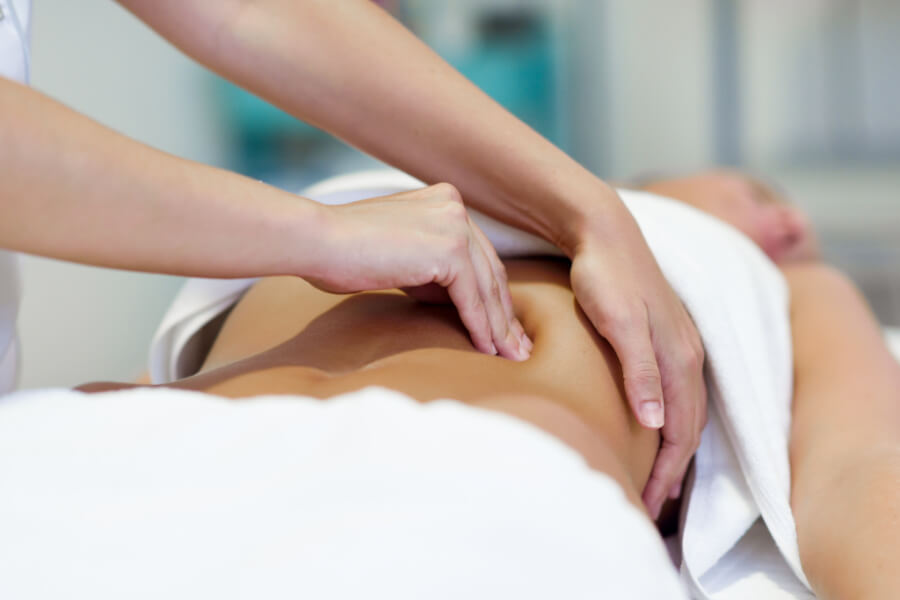
BioPsychoSocial Issues
This is a posh way of saying, emotional issues. How we experience pain, and the ways we hold tension in our bodies when we want to protect ourselves are very different depending on our previous experiences and support models available to us as well as our own unique biology (remember, we are as different on the inside as we are on the outside).
Think about situations in which you have had a shock, feel uncomfortable or even afraid, you inhale sharply, your abdomen curls inwards and you tense all the tissue you can in your abdomen and pelvis. This eventually becomes a learned pattern.
If you have found that after a stressful incident or period of stress or illness, your libido disappeared, then you may want to consider speaking with a therapist who specialises in this area, (often your doctors can refer you to someone). You can also see your doctor, or a women’s health physiotherapist who you feel comfortable with.
I also have a post on cultivating your personal emotional intimacy and self love practices that have gentle suggestions that can help you reconnect with your body.
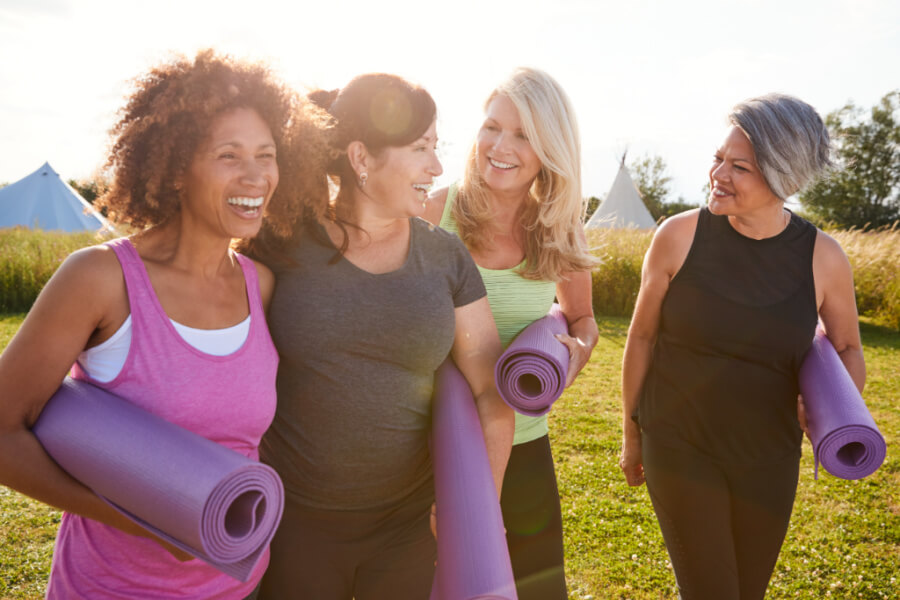
Not Sure Which Is The Issue For You?
You can take the period quiz and that will indicate what your likely underlying issues are to get started on your period and libido journey.
More than anything, getting your libido back should be a fun exploration of your body and what works for you. It can take time to get there, but patience is the key here.
